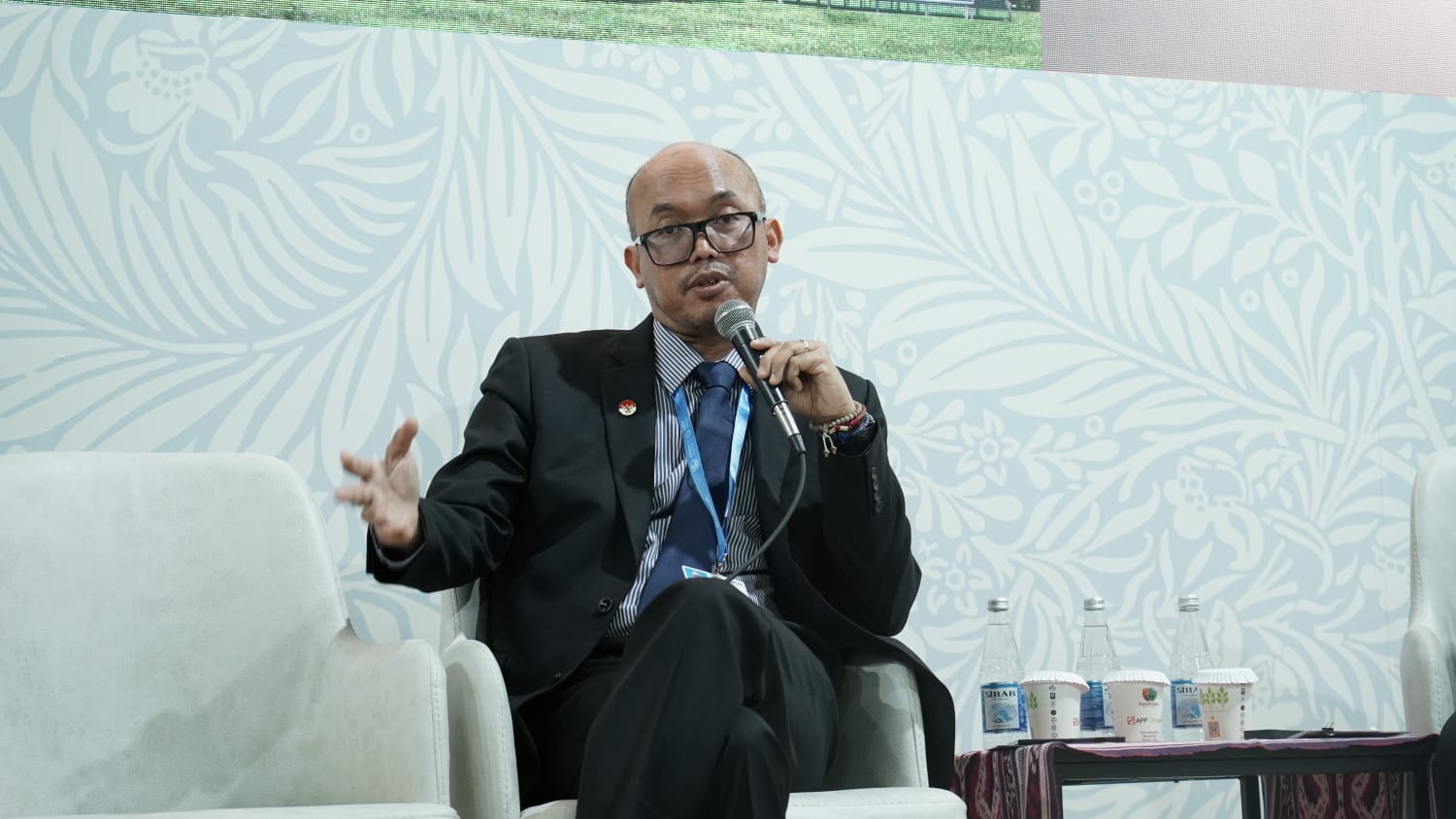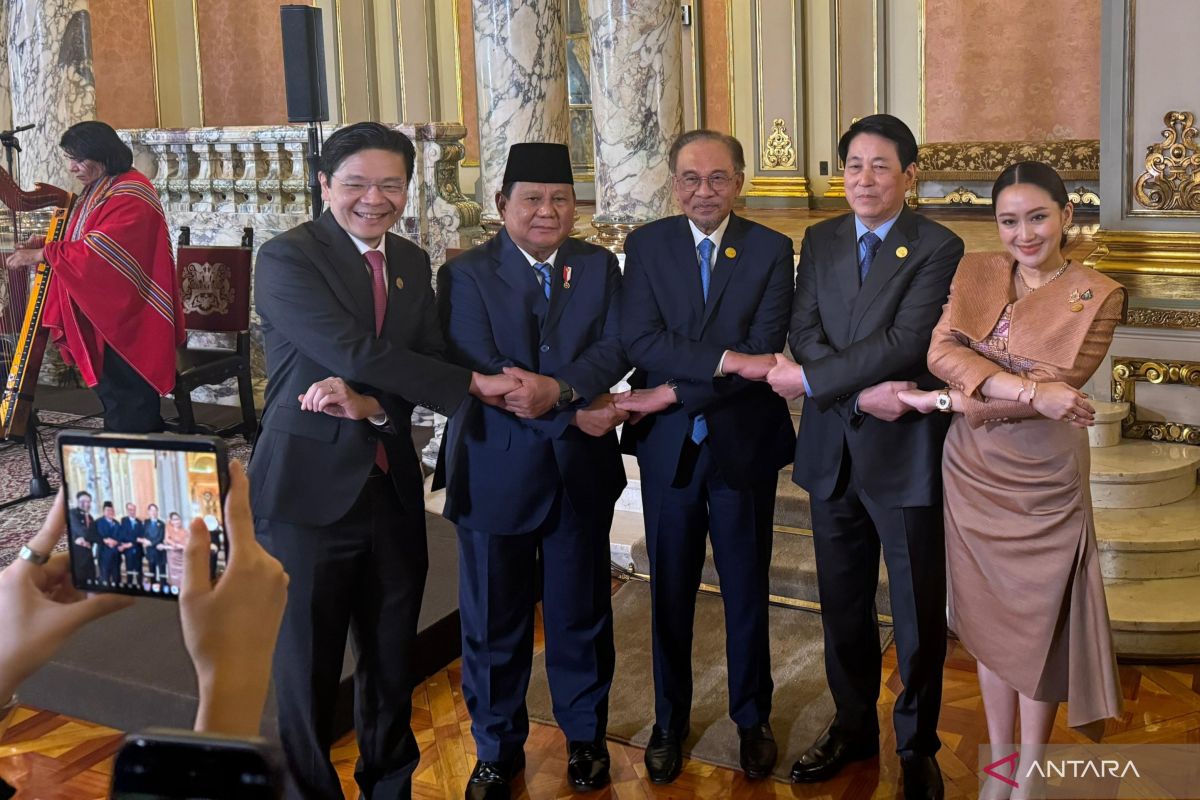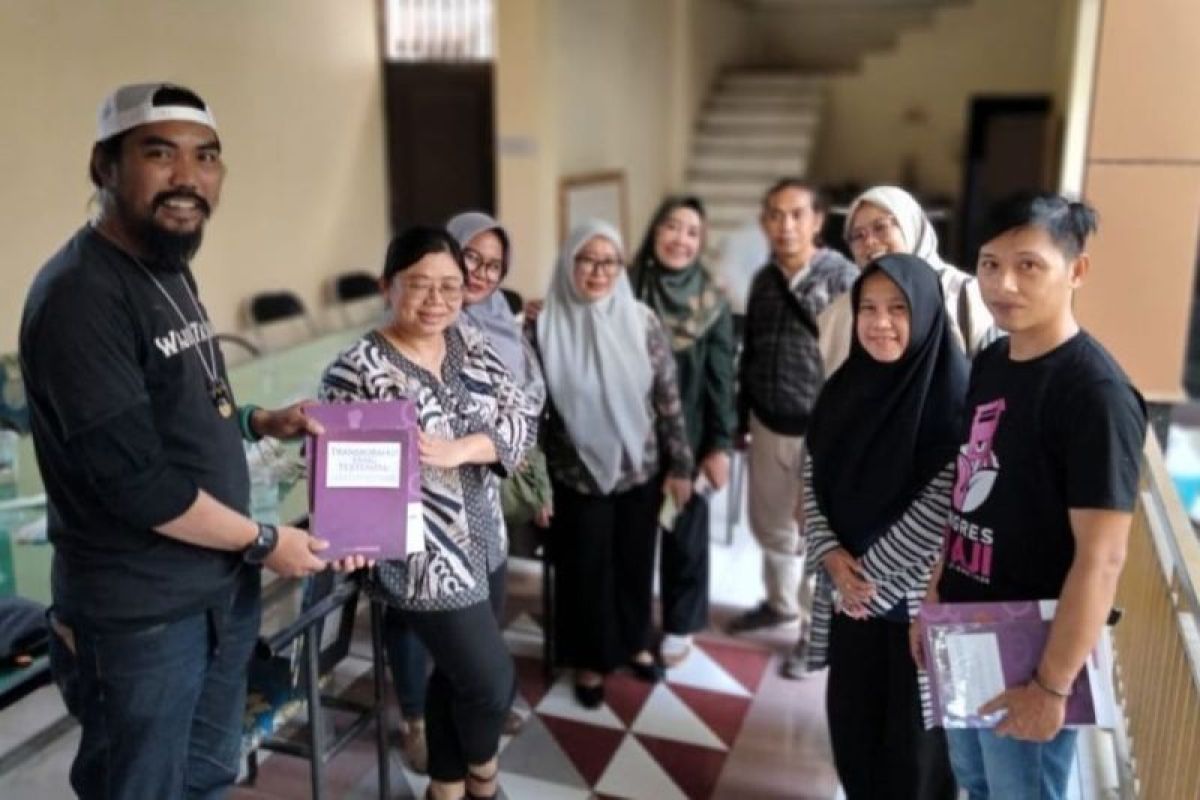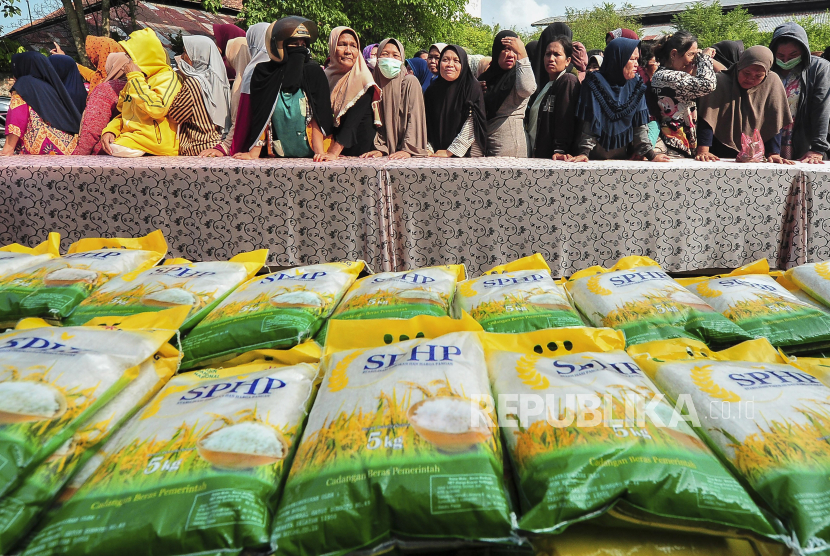PLN Supports Economic Growth Target of 8 Percent Through Energy Transition
REPUBLIKA.CO.ID, BAKU -- PT PLN (Persero) is committed to implementing the energy transition as a catalyst for Indonesia's economic growth to reach 8 percent. This is in line with...

REPUBLIKA.CO.ID, BAKU -- PT PLN (Persero) is committed to implementing the energy transition as a catalyst for Indonesia's economic growth to reach 8 percent. This is in line with Asta Cita's vision of President Prabowo Subianto, which is also towards sustainable energy self-sufficiency in the country.
Director General of Renewable New Energy and Energy Conservation (EBTKE) of the Ministry of Energy and Mineral Resources (KESDM), Eniya Listiani Dewi said that one of President Prabowo Subianto's visions is to ensure energy sustainability through energy transition.
“The president wants to promote our national independence and certainly create economic growth, green economy and blue economy, and must support our vision to achieve economic growth of up to 8 percent,” Eniya said during a panel at COP 29, Tuesday (12/11/2024).
Eniya said that Indonesia has a huge potential for new renewable energy (EBT), reaching 13.8 terawatts (TW). “Of course, the government will formulate its energy policy and make new innovations regarding our planning for the next 10 years. Because soon we will launch the National Employment General Plan (RUKN) with PLN,” he said.
PLN's Director of Transmission and System Planning, Evy Haryadi stressed that it is committed to supporting the government's vision of maximizing the utilization of EBT resources while promoting national economic growth.
“Achieving 8 percent economic growth requires a secure and sustainable energy infrastructure. Without reliable electricity, we cannot achieve those growth targets,” Evy said.
Currently, Evy said, PLN has planned to develop renewable energy capacity of up to 75 Gigawatts (GW) by 2040. In addition, the Company also plans the construction of an electricity transmission network called Green Enabling Transmission Line along 70 thousand kilometers of circuits (kms) to be able to transmit green electricity from EBT sources, which are mostly located in remote areas to demand centers.
Not only that, PLN is also preparing Smart Grid technology so that the national electricity system can accommodate the intermittent nature of intermittent EBT-based electricity supplies such as PLTS and PLTB.
“Infrastructure development of that magnitude will certainly have a huge domino effect on the economy. The initiative will create many jobs for Indonesians, both formal and informal. New industries related to sustainable initiatives, for example, manufacturers of PLTS and batteries, will rise and through innovation and technology transfer that will increase the capacity of local industries,” explains Evy.
Furthermore, Evy exemplifies the magnitude of EBT potential and energy needs in eastern Indonesia. Considering, there it has been planned to build several Special Economic Areas (KEK) such as in Sorong, Timika, up to Raja Ampat that need adequate energy supply.
“In eastern Indonesia, the potential for the development of renewable energy is very promising. New energy infrastructure could boost regional economies. The planned addition of one gigawatt generating capacity in Papua alone is expected to increase the Gross Regional Domestic Product (PDRB) of the region by up to 240 percent,” Evy said.



















